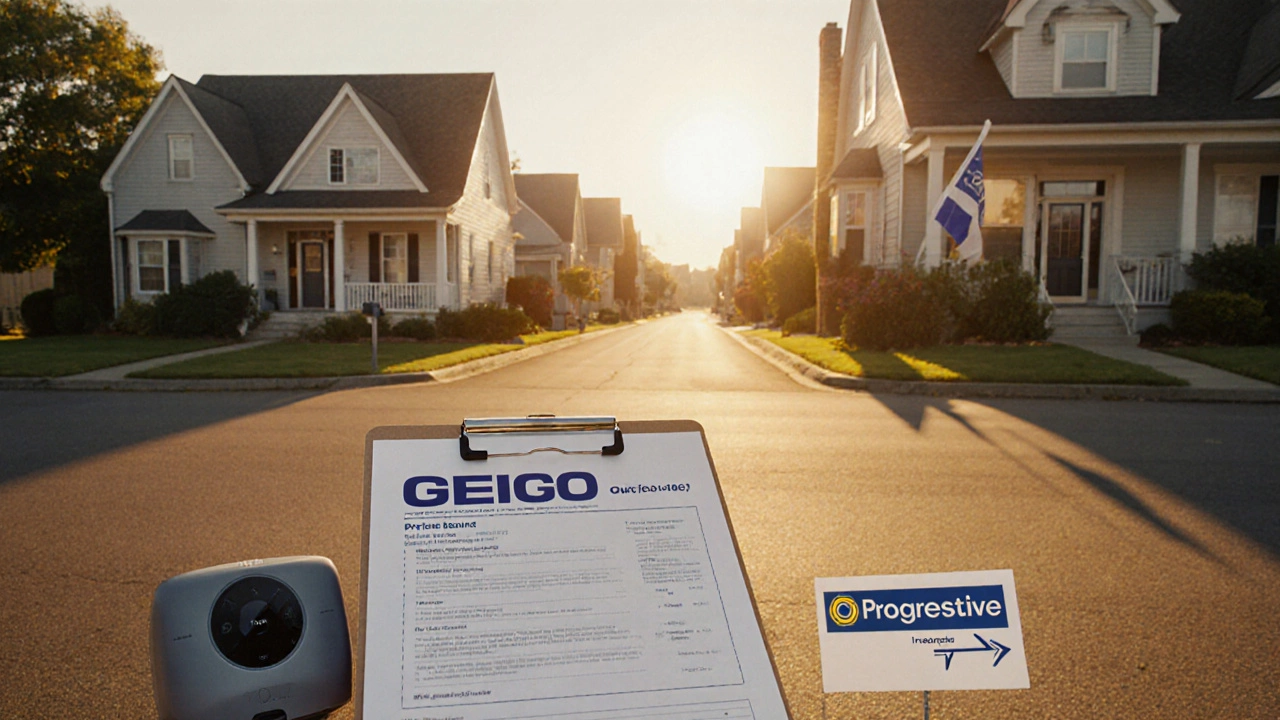Geico vs Progressive: What Sets These Auto Insurers Apart
When looking at Geico vs Progressive, you’re comparing two of the biggest players in the U.S. auto insurance market. Both offer nationwide coverage, digital tools, and a range of discounts, but they differ in pricing models, claim handling, and customer satisfaction scores. Also known as Geico and Progressive auto insurer showdown, this comparison helps you see which policy aligns with your budget and driving habits.
Understanding the broader context starts with auto insurance, a contract that protects you from financial loss after a vehicle accident or theft. The cost you pay each month—called the premium rate, the amount an insurer charges based on risk factors like age, location, and driving record—is influenced by the coverage options you select, such as liability, collision, and comprehensive protection. Discounts, like safe driver, multi‑car, or loyalty programs, can shave dollars off the base premium; both Geico and Progressive have extensive discount menus, yet they apply them differently, which can change the final price. Claim process efficiency is another pillar: Geico touts a speedy online claim filing system, while Progressive emphasizes its Snapshot usage‑based pricing that can lower rates for low‑mileage drivers. Together, these entities—premium rates, coverage choices, discount programs, and claim experiences—form the core of the Geico vs Progressive debate and determine which insurer fits your lifestyle.
Below you’ll find a curated collection of articles that dive deeper into related financial topics, from mortgage refinancing to debt consolidation and beyond. These pieces complement the insurance comparison by giving you a broader view of personal finance decisions, helping you weigh the full cost of owning and operating a vehicle within your overall financial plan.

Compare Geico and Progressive home insurance premiums, discounts, and coverage options to see which offers the lower price in 2025.
Read More